October 27, 2025 | 12:19 GMT +7
October 27, 2025 | 12:19 GMT +7
Hotline: 0913.378.918
October 27, 2025 | 12:19 GMT +7
Hotline: 0913.378.918
Recently, the case of Mr. Thai Khac Thanh, a resident of Do Luong commune (Nghe An province), who was sentenced to six years in prison by the People’s Court of Region 5, Hung Yen province, for "violating regulations on the protection of endangered, precious, and rare wildlife," has sparked widespread public debate. Mr. Thanh was convicted for breeding, hatching, and selling a total of 13 white pheasants, a bird species listed as endangered, precious, and rare forest wildlife.
To clarify the nature of the case and the regulations on raising white pheasants, VAN News held discussions with the Forestry and Forest Protection Department (Ministry of Agriculture and Environment).
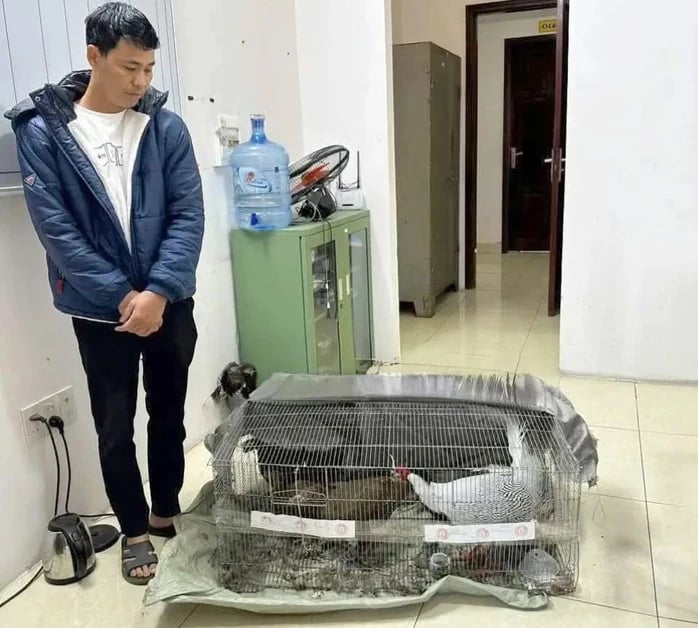
Mr. Thai Khac Thanh was arrested for illegally breeding and selling 13 white pheasants. Photo: Provided by the Police.
Accordingly, the white pheasant (Lophura nycthemera) was originally classified in Group IB under the List of Endangered, Precious, and Rare Forest Plants and Animals issued together with Decree 06/2019/ND-CP and amended by Decree 84/2021/ND-CP. Being in Group IB meant that the species was strictly prohibited from being harvested or having specimens used for commercial purposes.
However, as of July 1, 2025, the white pheasant was reclassified to Group IIB under Circular 27/2025/TT-BNNMT, allowing harvesting and commercial use under very strict conditions.
Specifically, captive individuals must have a legal origin in accordance with forestry management regulations. Housing facilities must be constructed in a manner suitable for the species’ biological characteristics and meet standards issued by competent authorities, or be assessed and approved by the agency granting the breeding code.
Breeding facilities must comply with environmental and veterinary laws and must not be located in prohibited breeding areas. In cases where a species listed in the CITES Appendices is bred in Vietnam without natural distribution and is being registered for the first time, the facility must obtain written confirmation from the Vietnam CITES Scientific Authority that breeding will not have a negative impact on that species or related species in the wild.
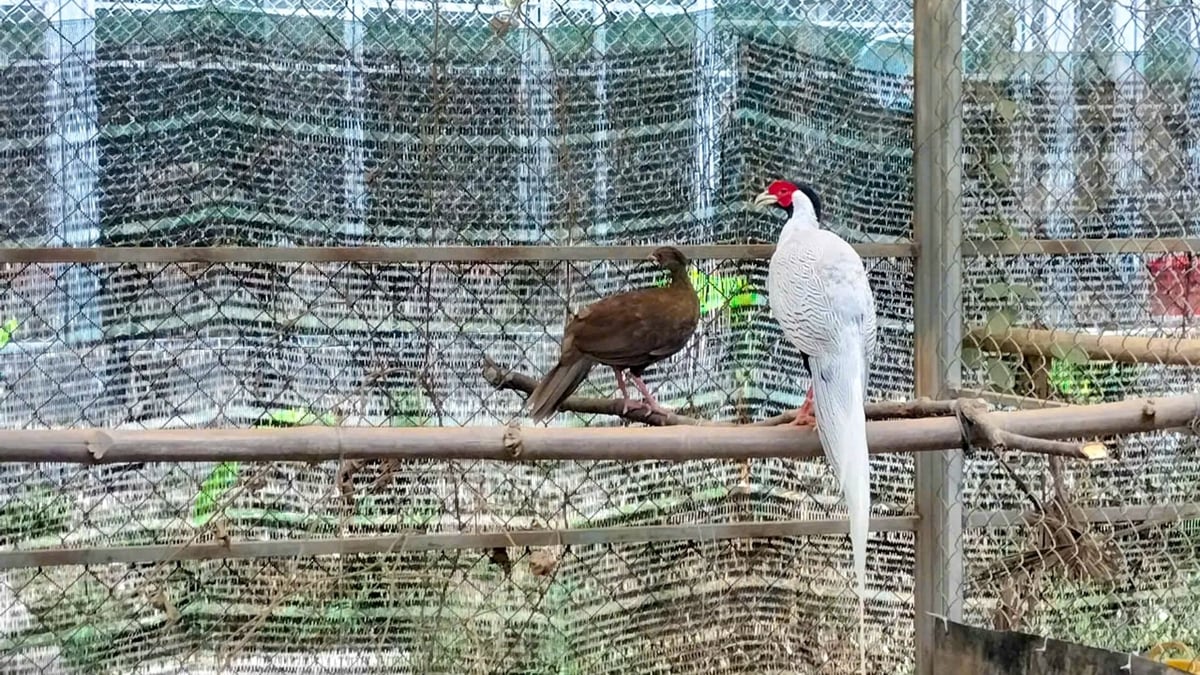
The white pheasant was originally classified in Group IB under the List of Endangered, Precious, and Rare Forest Plants and Animals, and its harvesting or use of specimens from the wild for commercial purposes was strictly prohibited. Photo: Nguyen Do.
The public who wish to breed and trade white pheasants must fully meet the facility requirements, register a breeding code, maintain monitoring records, complete procedures for forestry product inventory confirmation, undergo quarantine, and provide proof of legal origin in accordance with regulations.
The Forestry and Forest Protection Department stated that white pheasants have been successfully bred in several facilities, but this does not mean the species can be removed from the list of endangered, precious, and rare animals. In the wild, the white pheasant population is declining sharply due to habitat loss and hunting. The total population is estimated to be under 10,000 individuals, with each subpopulation having fewer than 1,000 mature birds. The Vietnam Red Data Book (2024) classifies this species as Vulnerable (VU), making its inclusion in Group IIB entirely appropriate.
According to the authorities, captive breeding can serve as a conservation measure, but only in specific cases when combined with training, selective breeding, and the release of individuals back into the wild to help restore populations.
In addition, legal breeding also helps create a backup population for scientific research, reduces hunting pressure on wild populations, and provides a legitimate source of livelihood for local communities.
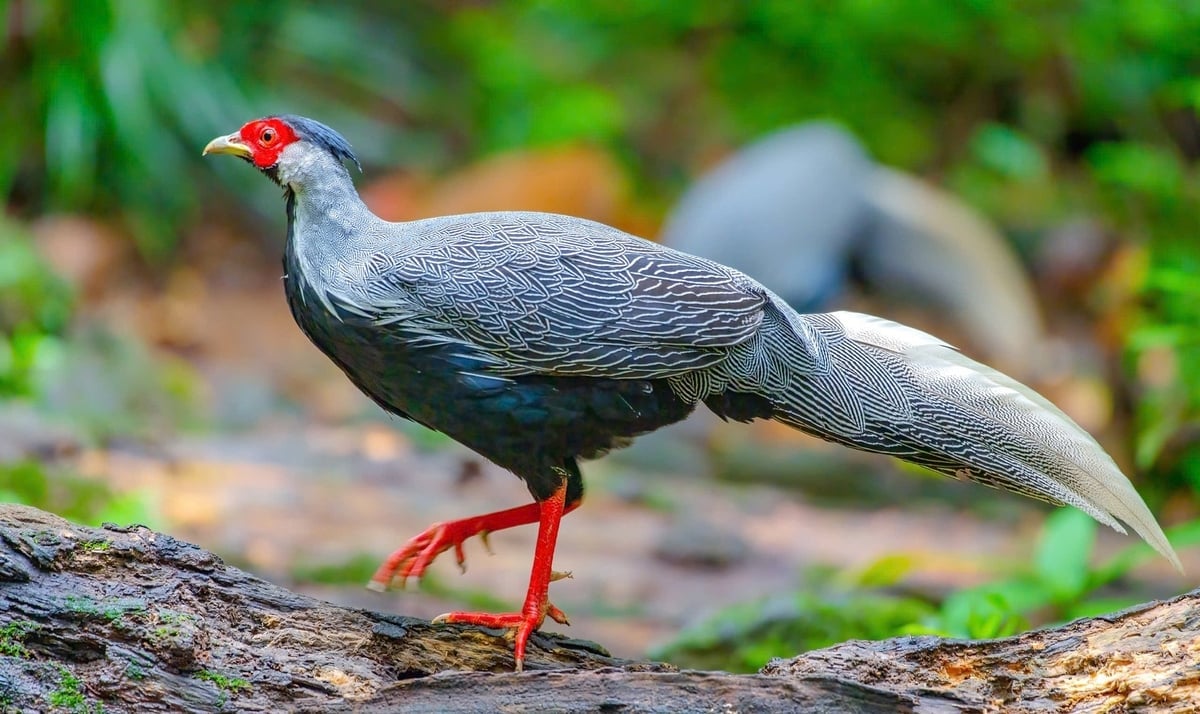
As of July 1, 2025, the white pheasant has been reclassified to Group IIB, allowing harvesting and commercial use under very strict conditions. Photo: Bach Ma National Park.
To prevent violations similar to the recent case in Nghệ An, the Forestry and Forest Protection Department advises the public to thoroughly understand regulations before raising any endangered, precious, or rare species. Contacting the local forest protection authorities early to receive guidance on proper registration procedures is a mandatory step to ensure both legal compliance and protection of individual rights.
The recent discovery and handling of illegal breeding and trading of white pheasants is not just a legal matter. It also serves as a warning about the risk of extinction facing Vietnam’s rare wildlife species.
According to the Forestry and Forest Protection Department, raising public awareness about rare animals, especially less common species like the white pheasant, requires strengthening publicity and disseminating legal regulations through mass media channels. At the same time, the roles of local agencies and organizations must be promoted. Cooperation and support from media outlets are essential to increase both the quantity and coverage of information on this critical issue.
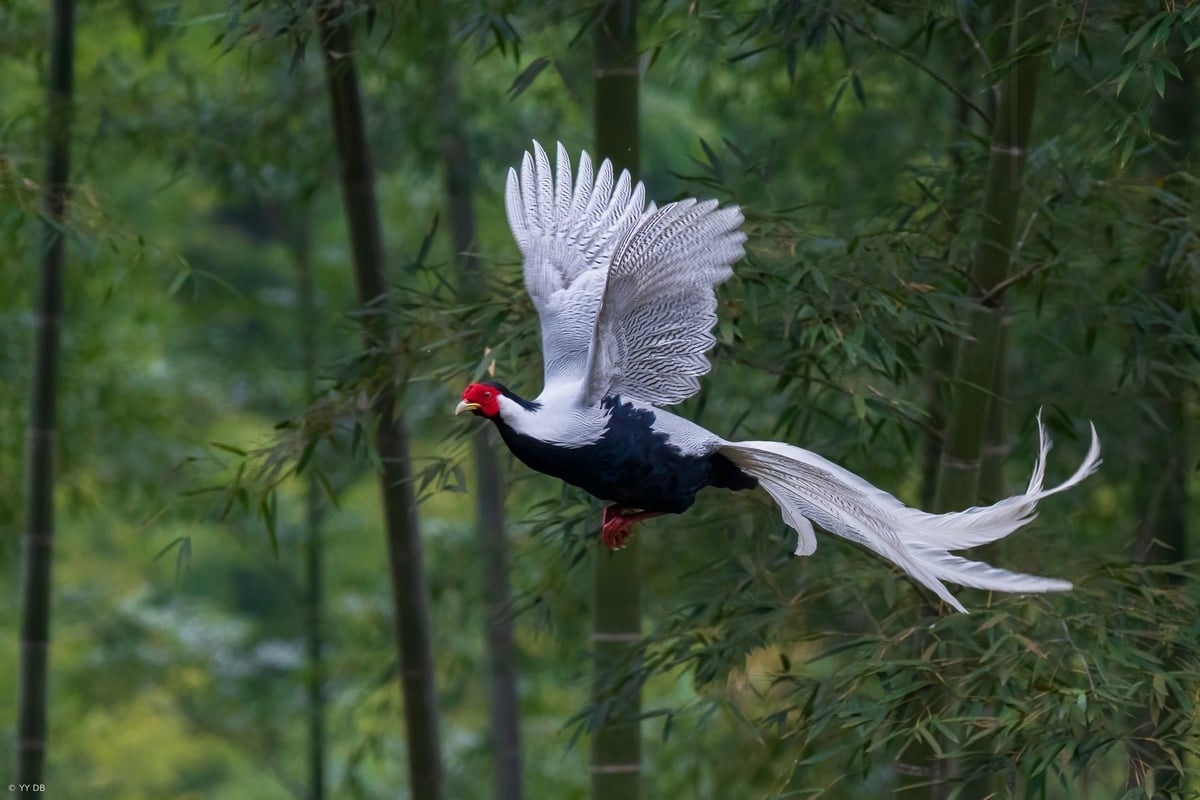
White pheasants have been successfully bred in some facilities, but this does not mean the species can be removed from the list of endangered, precious, and rare animals. Photo: iNaturalist.
In addition, close coordination between state management agencies, conservation organizations, and local communities will help ensure that information is disseminated more widely, accurately, and effectively.
The key factor remains each individual’s initiative to seek knowledge and enhance their understanding. In the current context, where official sources of information are readily accessible, it is entirely feasible to understand the value of wildlife and the regulations for its protection.
Alongside awareness-raising efforts, inspection, monitoring, and handling of violations are considered effective measures to protect and conserve endangered, precious, and rare species not only in Vietnam but also in many other countries. The Forestry and Forest Protection Department has instructed its subordinate units to strengthen publicity, enhance post-approval inspections, trace the origins of wildlife, and strictly handle violations.
To avoid unfortunate cases, such as the illegal breeding and trading of white pheasants, the Department advises the public to proactively verify whether the species they intend to raise is listed as endangered, precious, or rare. If it is on the list, contacting the relevant local authorities for advice and procedural guidance is mandatory, in order to prevent unregulated breeding or transactions that do not comply with legal requirements.
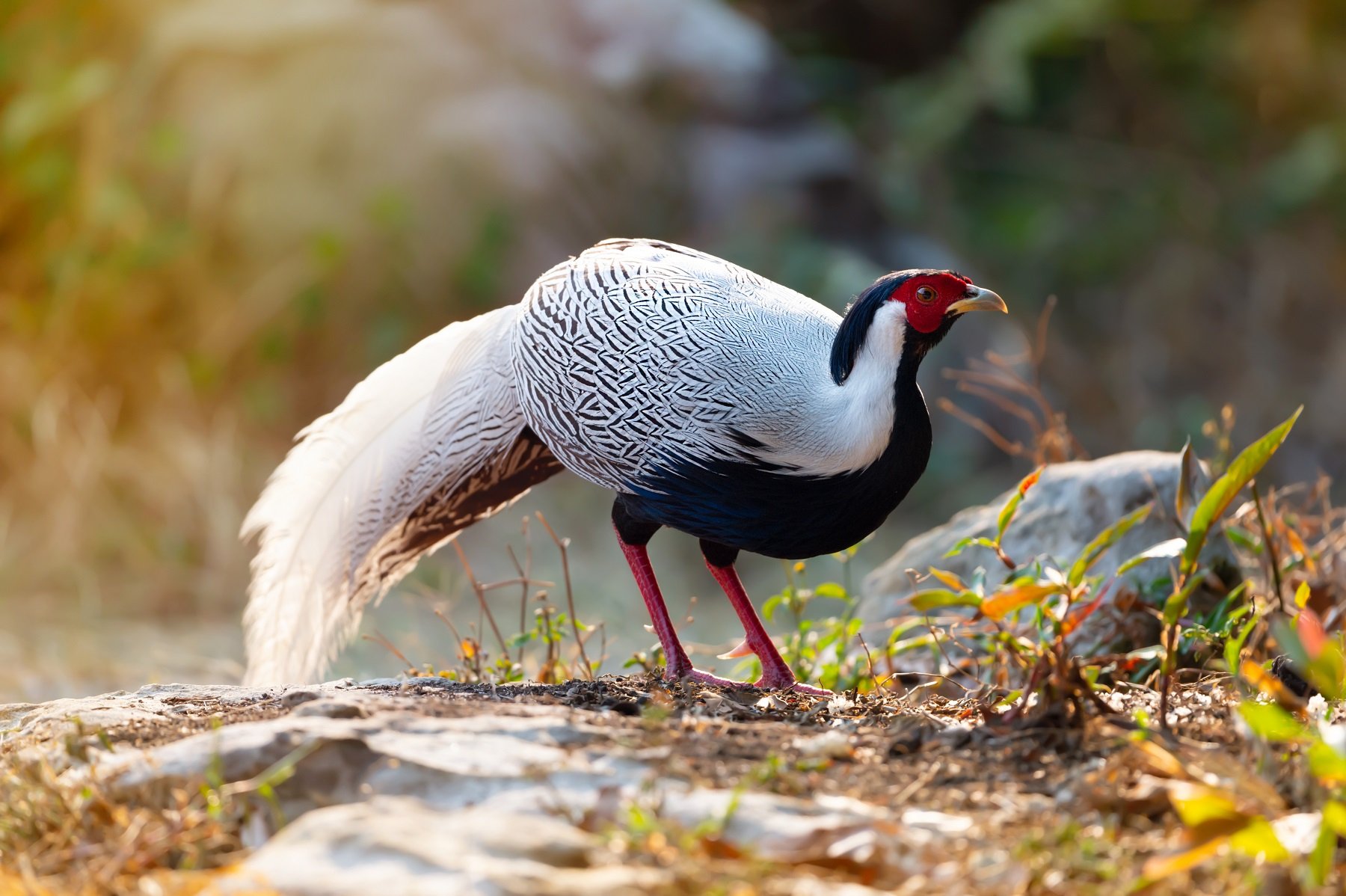
In the current context, where official sources of information are readily accessible, it is entirely feasible to understand the value of wildlife and the regulations for its protection. Photo: VinWonder.
Immediately after the issuance of relevant legal documents, including Circular No. 27/2025/TT-BNNMT, the full contents were made publicly available on the official portals and websites of the Government, the Ministry of Agriculture and Environment, the Forestry and Forest Protection Department, as well as on the information platforms of specialized management agencies at both central and local levels. This information was also disseminated through mass media channels.
In addition, the Forestry and Forest Protection Department issued Document No. 1192/LNKL-CITES to the Departments of Agriculture and Environment of centrally governed provinces and cities, requesting enhanced communication and dissemination of the provisions under Circular No. 27/2025/TT-BNNMT to the public, businesses, and farm operators.
At the same time, resources and facilities were to be allocated to ensure that administrative procedures, in line with the delegated authority, could be carried out smoothly and effectively.
In an interview with VAN News, Mr. Nguyen Manh Hiep, Biodiversity Coordinator of the International Union for Conservation of Nature (IUCN) Vietnam, explained that the Vietnam Red Data Book (vnredlist.vast.vn) is a list of rare and endangered species of animals, plants, and fungi at risk of extinction, compiled based on the criteria of the IUCN Global Red List. This document categorizes threat levels as a basis for conservation policy-making, while also providing scientific data for monitoring, resource mobilization, and awareness-raising.
Currently, the IUCN Red List (iucnredlist.org) has assessed more than 169,000 species, of which 47,000 are at risk of extinction. The goal is to expand coverage to 260,000 species, reassess 142,000 species, and update regularly, thereby establishing a foundation for effective conservation and policy-making.
Translated by Kieu Chi

(VAN) Amid severe salinity intrusion, the groundbreaking of Dong Tam Water Plant marks a milestone for sustainable water security in the Mekong Delta.

(VAN) Ireland's delegation and the Mobilization Committee of the Vietnam Green Transition Association visited low-emission agricultural models.

(VAN) With 100% of deputies voting in favor, the 15th National Assembly approved Mr. Tran Duc Thang as Minister of Agriculture and Environment for the 2021-2026 term.

(VAN) Building on the commitment to advance the Strategic Partnership, the two countries’ agriculture will reach a consensus on a cooperation framework in November.

(VAN) Innovation, science, technology, and international cooperation are key factors in proactively preventing and managing integrated disaster risks.
/2025/10/24/2301-4-112019_374.jpg)
(VAN) Immediately after the joint statement issued by the two countries' leaders, the Ministers of Viet Nam and Bulgaria held a meeting to concretize cooperation in agriculture and fisheries and to promote trade and investment.

(VAN) Linking forest environmental service payments with coffee production is paving the way for a green and sustainable development path for the Central Highlands’ key agricultural sector.